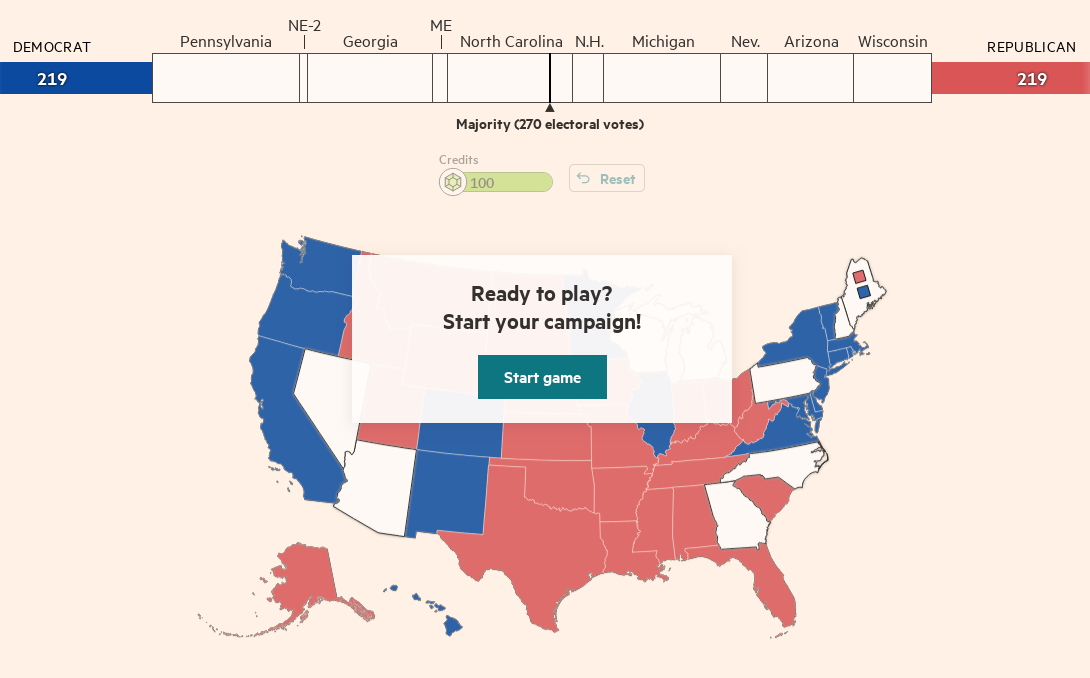M. San Miguel: What are complex systems?
An excellent introduction to complex systems by professor emeritus at IFISC Maxi San Miguel. We invite you to watch it!
An excellent introduction to complex systems by professor emeritus at IFISC Maxi San Miguel. We invite you to watch it!
Have you ever heard about the hypergeometric distribution? I haven't up to at least a few weeks ago. It is related to the binomial distribution in a sense that both of these distributions describe the probability to have certain number of successes after a given number of experiments. The difference between them being that binomial distribution assumes experiments to be independent (drawing the balls from the box with replacement), while hypergeometric distribution assumes dependence (the balls are drawn without replacement).
Let us construct a simple model for the hypergeometric distribution, and run simulations!
Presidential elections in the United States are quickly approaching. For this special occasion Financial Times has created an interactive game, which allows you to become party leader and try to win electoral college in 10 swing states. You will compete against other readers of the Financial Times. At my best attempt I have beaten 75% of the other readers. How many will you beat?
 Fig. 1:Screenshot of the game.
Fig. 1:Screenshot of the game.The game itself is inspired by game theory and uses Colonel Blotto game as its basis.
This summer I had couple of experiences which ruined my opinion of open access. More than ten years ago I have felt that openness is crucial for future fundamental developments, but now I clearly see perverse practices even in top journals and publishers.
ritvikmath has already explained to us what the Beta distribution is. There is another video by ritvikmath, which explains multidimensional generalization of it. This generalization is known as Dirichlet distribution. Watch it for the data science perspective.
I myself understand Dirichlet distribution from the perspective of noisy voter model (or Kirman's model. Although I haven't explicitly mentioned it earlier, Dirichlet distribution arises from the multistate generalization of the voter model.